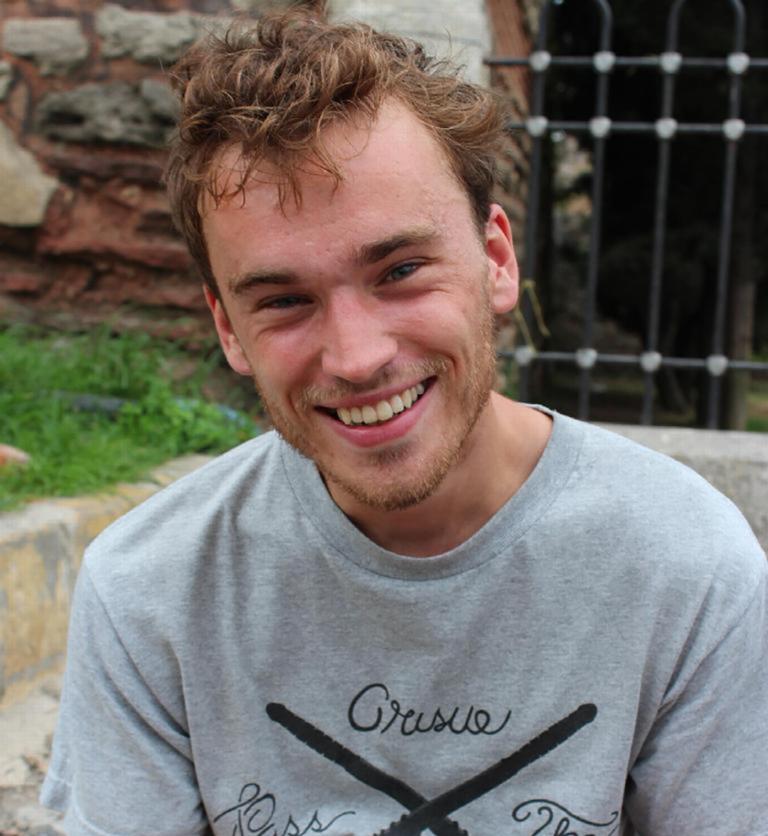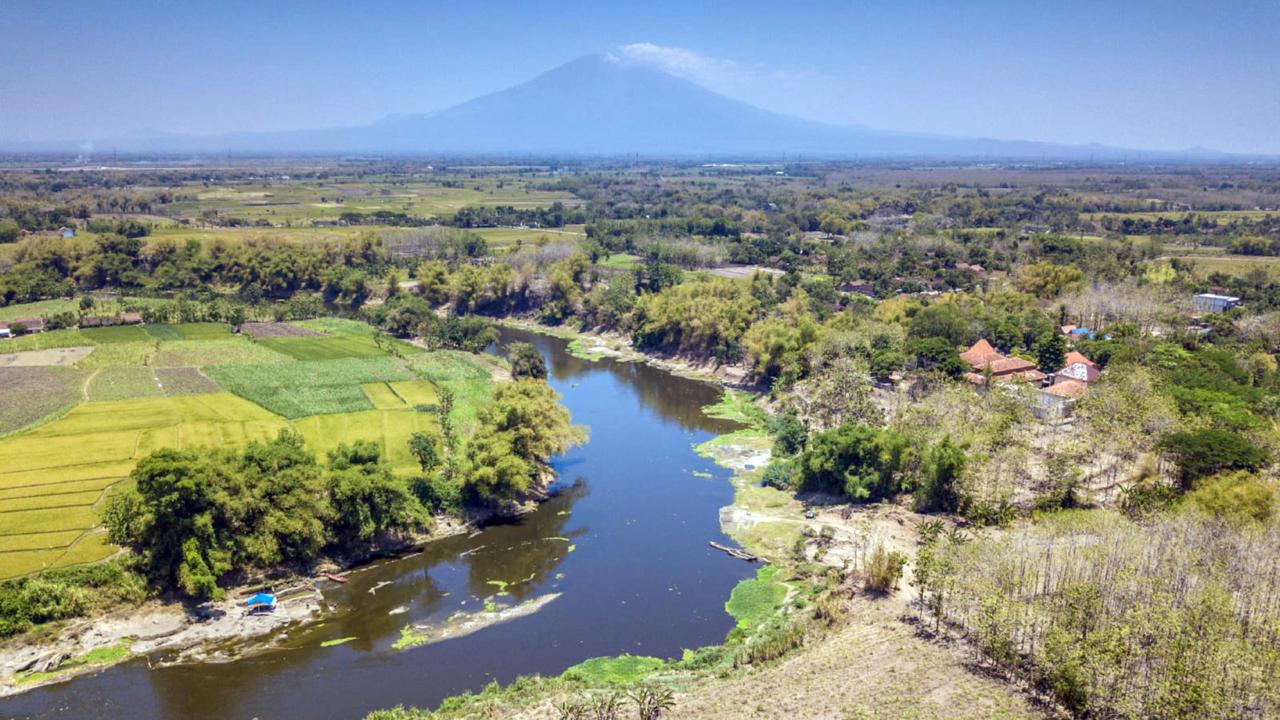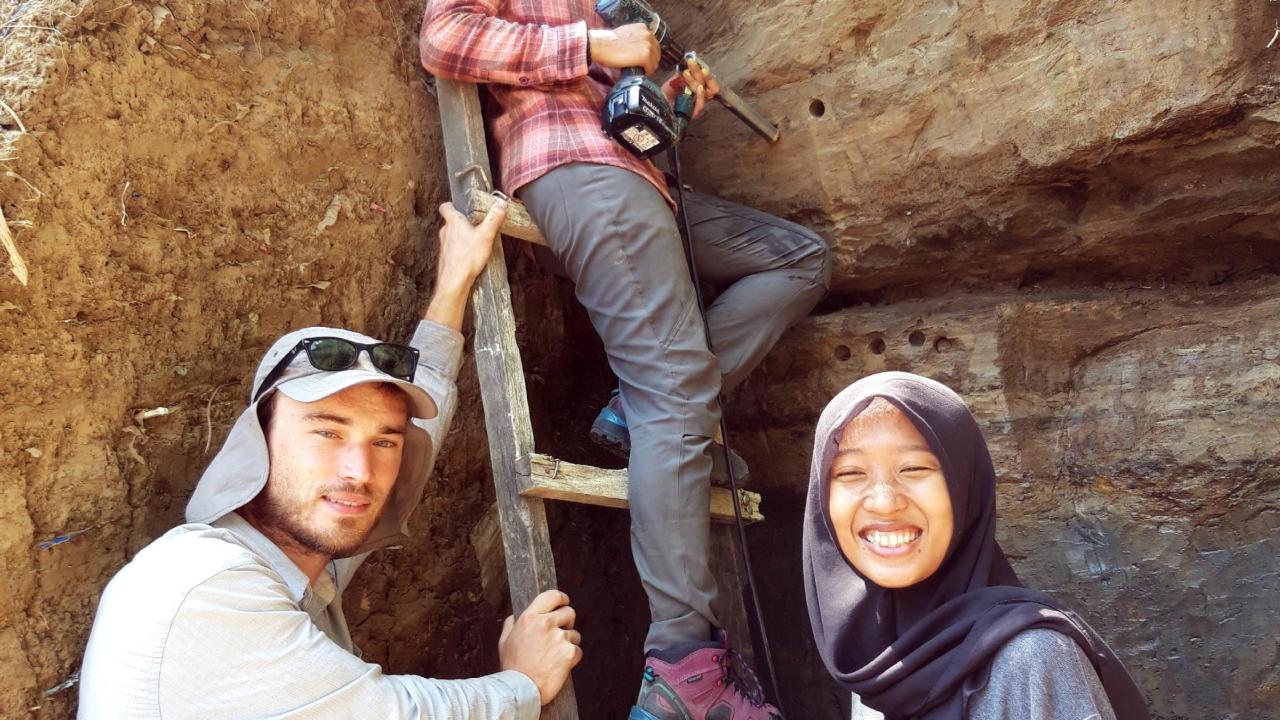
Text by: Manon de Visser, researcher at Naturalis
A variety of studies are performed at Naturalis. Therefore, researchers learn more every day, also from each other’s work! As a biologist I regularly talk to my colleagues about their work. This time that led to an interesting conversation with doctoral candidate Sander Hilgen, who gathers unique insights into the past, including the evolution of modern humans, by working on environmental reconstructions.
A passion for history
“I studied archeology because of my interest for history, but at the moment I am mostly working on geochronology. Archeology focuses more on the cultures of ancient civilizations, whereas what I work on, focuses more on the history of earth – for instance on what the landscape used to look like. I think I ended up in this field of research partly because my dad is a geologist. When I was little, we would visit plowed fields to search for old, stone tools, for example when we were on vacation in France, or simply when we were visiting the beach of the Maasvlakte near Rotterdam.”
Drilling in the rice fields that surround Trinil, to investigate the contents of the soil. In that way it is possible to research the soil without having to dig a big, deep hole.
In the footsteps ofEugène Dubois
The PhD research of Sander is being supervised by José Joordens. Together with her and with Eduard Pop, Sander is investigating the Dubois collection of Naturalis. What actually is this Dubois collection?
“Eugène Dubois was a Dutch researcher that searched for fossils of the so-called ‘missing link’ on Java, amongst others at Trinil. The missing link is the fossil of an early humanoid that would connect modern humans to their more ancient, ape-like ancestors. That missing link was indeed found by Dubois and this humanoid is now known by the name Homo erectus.”
In the bottom left corner of the photo, where the blue sail is positioned, right next to the Solo river, lies the place where Dubois discovered the first remains of Homo erectus. In the background, you can see the Lawu volcano.

Research site Trinil
The fossils Sander works on, are partially visible to the public at the Early Humans Gallery of the museum. The team of Sander specializes on the excavation site within Trinil, a place that regained the attention of the researchers. Why did it regain attention and why is the research team going back now? The purpose of the investigation is to better understand the Dubois collection.
“We hope that we will find fossil and bones similar to the ones of the Dubois collection. Firstly, to figure out which fossils came from which layer and how old they are exactly, but also to reconstruct the ancient environment based on that information. I do this based on stratigraphy, which deals with the order, or the sequence, of the layers in the soil. Based on the fossils and the pollen of those layers I try to determine what kind of animals used to live there, or what sort of plants grew there, for instance. Also, I will check whether there must have been a swamp at the time, a river, or something else. And whether the climate was dry or wet. That sort of things. At the moment, a lot is still unknown, but now we have modern techniques that will allow us to estimate such things far more accurately.”
The most special thing about his PhD, Sander tells me, is doing the fieldwork on Java. What exactly does a day in the field look like when working in Trinil?
“Trinil really is a unique place in the middle on the island of Java and the area is also known as the hell of Java. Very applicable, because during fieldwork the temperature outside is almost constantly at 38 degrees Celsius and the air is really moist, so we were always working hard and covered in sweat. When we went into the field, we would be digging directly at the excavation site, or we would take a look at the environment nearby. Luckily, we were rewarded each day with a lot of nice, warm meals – although rice with tempeh as daily breakfast also gets a little boring over time, haha.”
Samples for paleomagnetism are taken by using a drill. With that, the orientation of the earth’s magnetic field at the time the sediment was deposited, can be determined.

Covid measures
Out of curiosity, I asked Sander whether the corona-measures and lockdowns world-wide had an impact on his research or the progress thereof.
“Luckily I just came back from doing lab work in Germany before the borders were closed. All of my field trips, as well as the laboratory measures I needed to do, are completed. So I have enough to do when it comes to analyzing the data and also I am perfectly fine working from home, so my research continues!”
Want to know more about the research of Sander Hilgen? Have a look at his profile page.